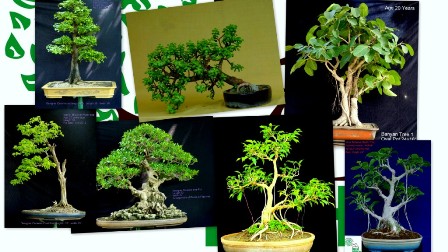Bonsai Gyaan the Science of making bonsai

Bonsai Gyaan- the Caring of Bonsai Plants
The Bonsai Gyaan:-
Bonsai plants are a wonderful choice for anyone who likes green plants and loves their delicate style. Bonsais from Delhi Bonsai arrive with a lovely shape, plus a beautifully designed container. Here are the secrets to a successful bonsai. In the below the Bonsai Gyaan will be discussed in detail.
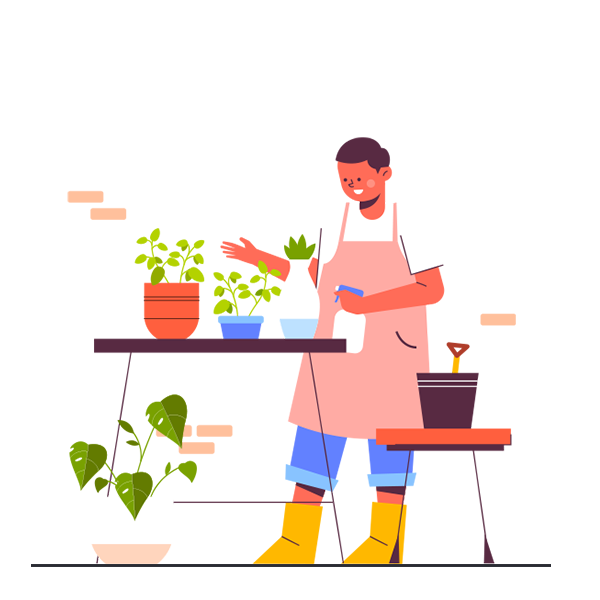

The Bonsai Gyaan: Light and Temperature Instructions:
An Indoor bonsai needs good indoor sunlight. Morning sun and afternoon shade is ideal having temperature from 30-350C during the day, and down to 150C overnight.
Outdoor bonsais need to be protected from harsh direct sunlight in summers by keeping them in shade and from harsh cold in extreme winter conditions.
Watering Instructions:
Bonsais need ample water to keep soil moist, but it should never be set in a saucer or tray with standing water. The roots will rot. A Bonsai needs moderate watering when the soil appears dry, especially taking care that the soil around the roots does not dry out.
However the outdoor Bonsais need watering on daily basis(specially in summers). The newly acquired Bonsais must be closely watched to establish a regular water routine according to the seasonal changes in climatic temperatures.
Bonsais feel happy when their leaves are moist. So, their leaves or needles must be sprayed with generous amounts of water often.
Displaying Instructions :
An ideal height to display bonsais is at viewer’s eye-level. Bonsais are ideal for the displaying on the work table at a work place. The image and presence of a green shaded tree relaxes the mind and introduces peace and thus accelerates the performance at work.
Trimming Instructions :
Bonsais need to be pruned or pinched back to keep its original shape regularly. Pruning should be started in early spring, and trimming should be done whenever needed throughout the fall growing season. However, any of the plant bits should not be left on the soil as it may cause fungus.
Bonsai Trees suitable for Delhi & NCR climates and Indian climatic conditions
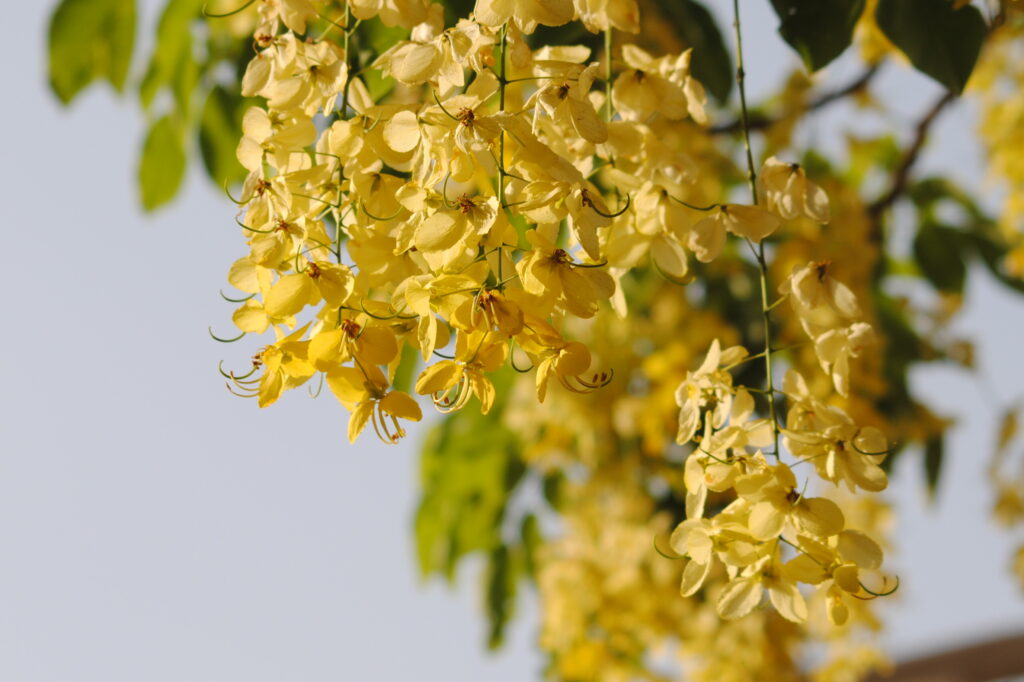
Cassia Fistula
also known as the Golden Shower Tree or Indian Laburnum, is a flowering tree that is native to the Indian subcontinent and Southeast Asia. It is widely grown as an ornamental tree and is known for its attractive yellow flowers, which bloom in large clusters in the spring and summer.
The tree can grow up to 20 meters tall and has a broad canopy with a spread of up to 10 meters. Its leaves are deciduous and pinnate, and the flowers are yellow and fragrant. The fruit of the tree is a long, narrow pod that contains seeds.
Cassia fistula has a long history of use in traditional medicine, particularly in Ayurveda, where it is used to treat a range of ailments such as constipation, skin diseases, and fever. The tree is also valued for its timber, which is used to make furniture and musical instruments.
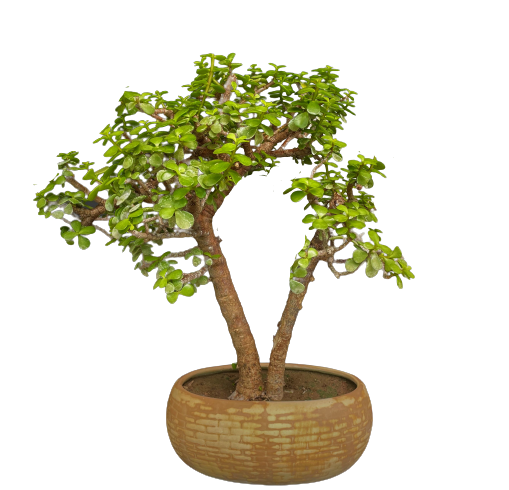
Jade
also known as Crassula ovata, is a popular species of bonsai that is native to South Africa. It is a succulent plant with thick, oval-shaped leaves that are usually a bright, glossy green color. The leaves can turn red in the sun or in cold weather.
Jade bonsai is a relatively easy plant to care for, making it a popular choice for beginners. It thrives in bright, indirect sunlight and can tolerate some direct sunlight, but not for extended periods of time. The plant prefers well-draining soil and should be watered only when the soil is completely dry.
Jade bonsai can be trained into a variety of shapes and styles, including informal upright, slanting, and cascading. Pruning and wiring techniques are used to shape the plant, and regular repotting is necessary to maintain its health.
In addition to being a popular bonsai species, Jade plant is also believed to have several benefits in feng shui, where it is believed to bring prosperity and good luck when placed in the home or office.
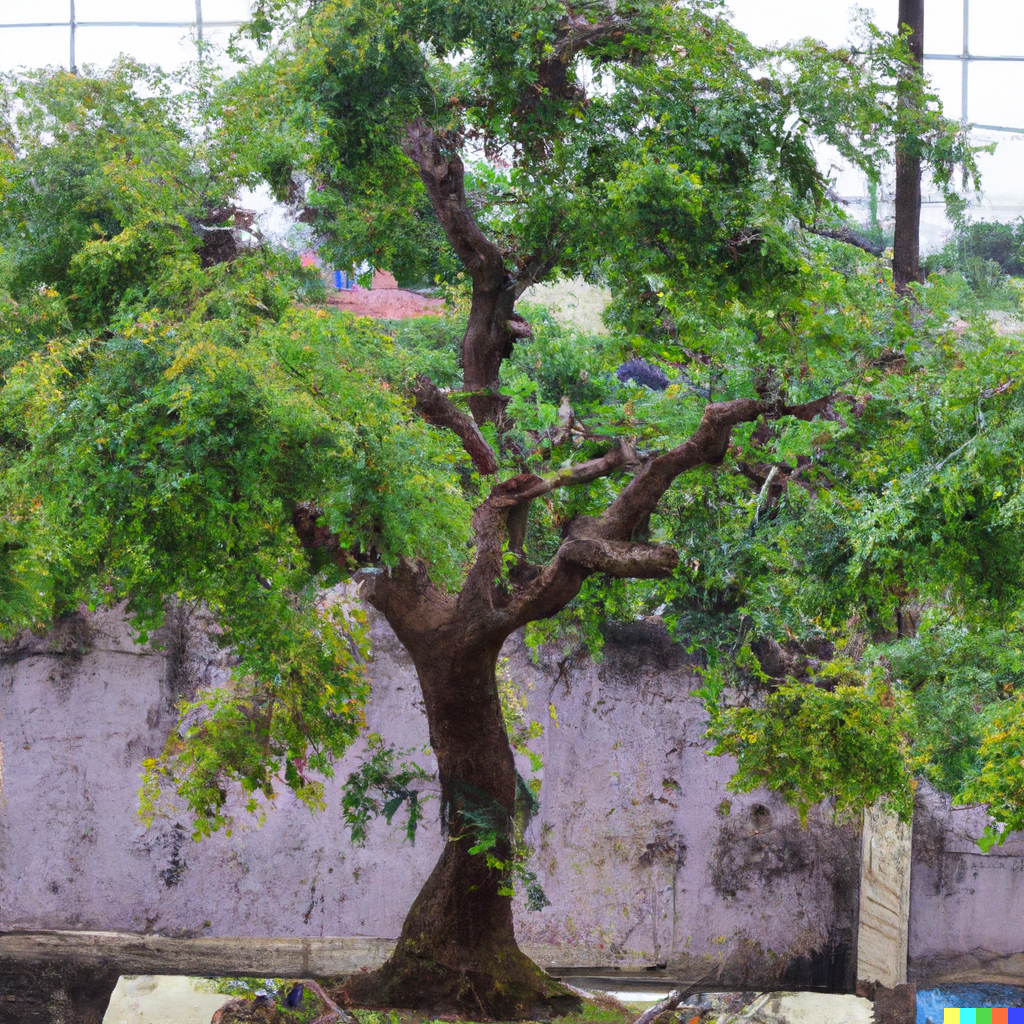
The neem tree,
also known as Azadirachta indica, is a tropical evergreen tree native to the Indian subcontinent. It is a member of the mahogany family and is widely cultivated in many parts of the world.
The neem tree is known for its medicinal properties and has been used in traditional Ayurvedic medicine for centuries. Almost every part of the tree, including the bark, leaves, flowers, fruit, and seeds, has therapeutic uses.
Some of the benefits of neem include its antibacterial, antifungal, and antiviral properties. It is used to treat a variety of ailments such as skin diseases, fever, malaria, diabetes, and digestive disorders. Neem oil, which is extracted from the seeds, is used as a natural insecticide and pesticide.
In addition to its medicinal uses, the neem tree is also valued for its environmental benefits. It is a fast-growing tree that can grow in poor soil conditions and can help prevent soil erosion. The leaves and twigs of the neem tree are also used as natural fertilizers.
Overall, the neem tree is a valuable plant with a wide range of uses in medicine, agriculture, and the environment.
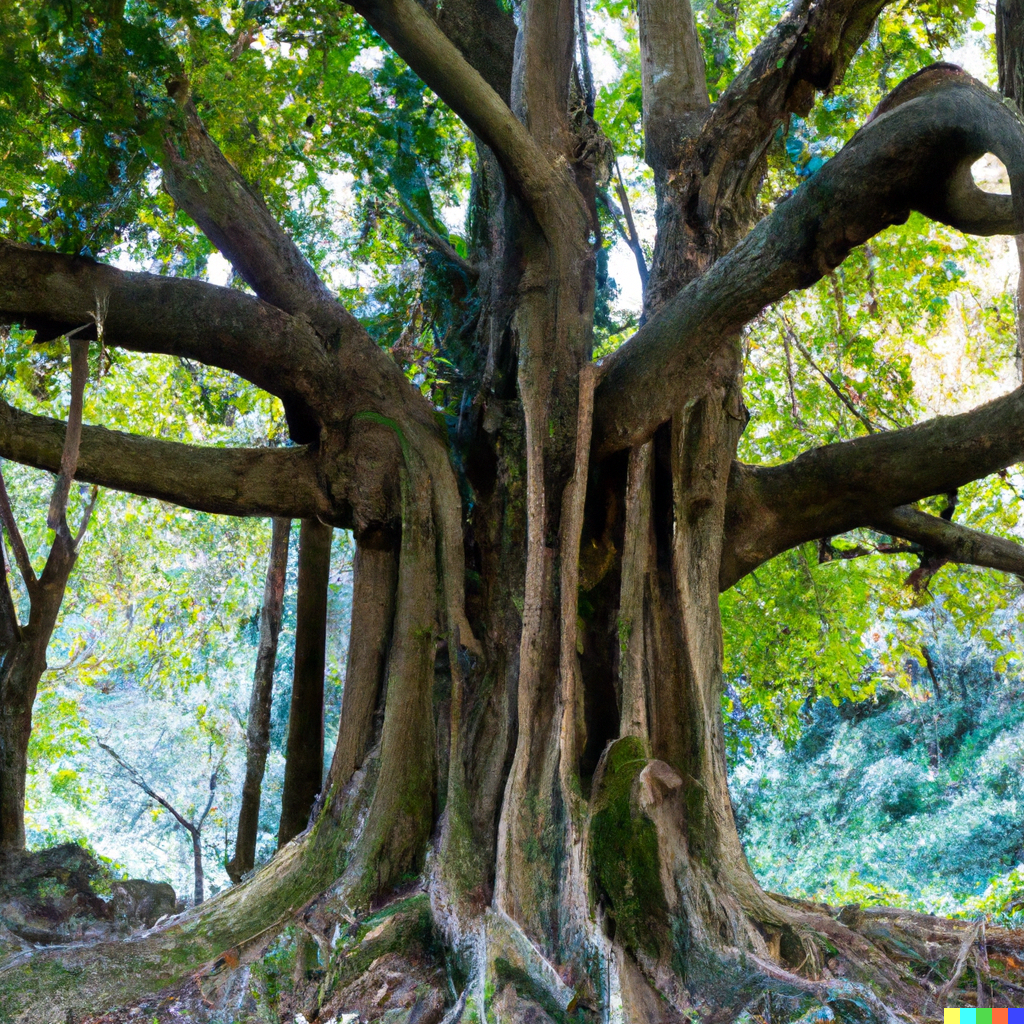
Pilkhan, also known as Ficus virens, is a species of fig tree that is native to the Indian subcontinent, Southeast Asia, and parts of Australia. It is a popular choice for bonsai enthusiasts because of its dense foliage, small leaves, and ability to grow aerial roots, which add to the tree’s unique character.
When grown as a bonsai, Pilkhan requires a lot of sunlight and regular watering, as well as periodic fertilization. It can be trained into a variety of shapes and styles, including informal upright, slanting, and cascade. Pruning and wiring techniques are used to shape the plant, and regular repotting is necessary to maintain its health.
Pilkhan bonsai is a popular species for bonsai enthusiasts because of its unique aerial roots, which can be trained to grow around rocks or other objects, adding to the tree’s aesthetic appeal. These roots also allow the tree to absorb more water and nutrients from the soil, helping it to thrive in a bonsai pot.
Overall, Pilkhan bonsai is a beautiful and unique species that requires some care and attention, but is well worth the effort for bonsai enthusiasts who want to add a touch of nature to their homes or gardens.
To learn the art of Bonsais, refer and subscribe our Youtube Channel ” Bonsais simplified” for Tricks and Techniques of Bonsai making in minimal cost. Join the Community.
